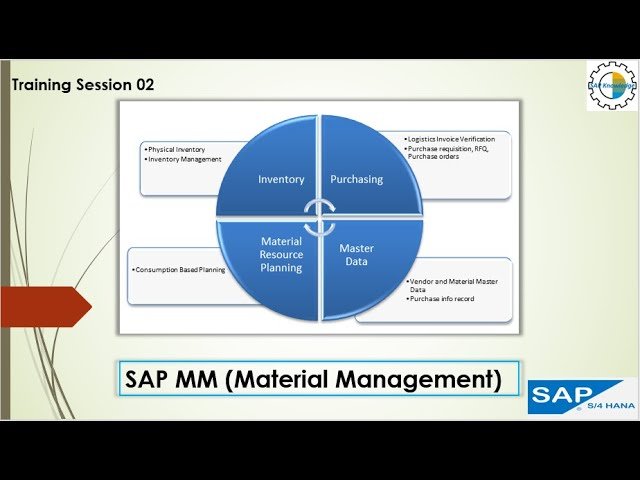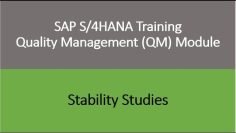This video provides a detailed explanation and configuration steps of the organizational structure in SAP MM (Materials Management). Here are the key points discussed:
- Understanding Enterprise Structure in SAP: The enterprise structure in SAP represents an organization and is crucial for executing day-to-day business processes. It includes organizational units like the client, company code, plant, storage location, purchasing organization, and purchasing group.
- Client: The client is a commercial organizational unit within the SAP R3 system with its own data, master records, and set of tables. It forms a corporate group. For example, if you are implementing SAP for Toyota, Toyota becomes your client.
- Company Code: The company code is the smallest organizational unit for which you can have independent accounting within external accounting. It’s used for generating balance sheets and profit and loss statements. For instance, Toyota, operating in multiple countries, would create a separate company code for each country for reporting purposes.
- Plant: A plant can be a manufacturing location, a distribution center, a warehouse, or even an HR office. It’s a physically existing independent unit and is unique in the system. For example, Toyota India might have a manufacturing plant in Mumbai, another in Goa, a distribution center in Chennai, and a corporate office in Delhi.
- Storage Location: The storage location is a place within the organization where materials are kept. It allows differentiation of material stocks within a plant. For instance, a manufacturing site might have different storage locations for raw materials, packing materials, semi-finished, and finished products.
- Purchasing Organization: The purchasing organization is responsible for purchasing activities. It can be plant-specific or cross-plant. For example, if every plant has its own purchasing department, each plant will have a separate purchasing organization. This is known as a decentralized scenario. In a centralized scenario, the purchasing organization is assigned to the company code, making it applicable for all plants within that company code.
- Purchasing Group: A purchasing group is a key for a buyer or a group of buyers responsible for certain purchasing activities. For example, in a purchasing department, one person might be responsible for buying raw materials, another for packing materials, and another for procuring spare parts. Each of these individuals can be created as a separate purchasing group in the system.
The video also includes a demonstration of how to create and assign these organizational units in the SAP system.

































